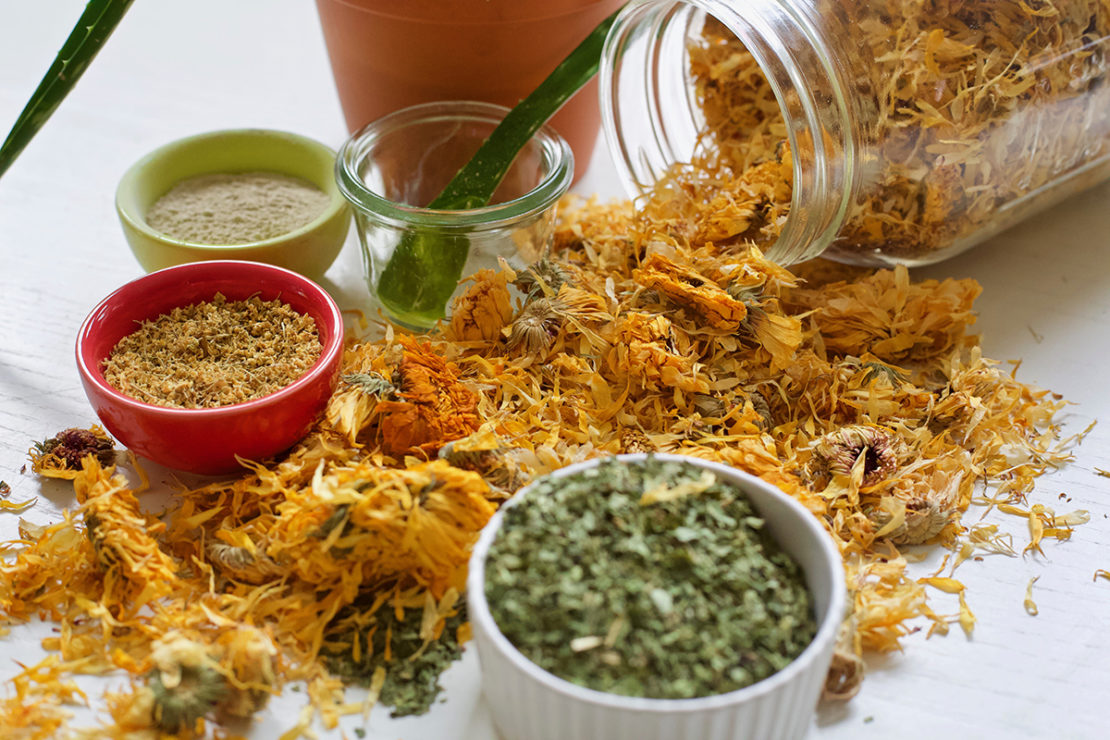
How To Manage Burns Naturally From Start To Finish
Burns are a common type of ailment that many of us will experience at least once in our lifetime.
While some burns require emergency medical assistance, such as severe burns which cover large portions of the skin, those that penetrate deep into the tissue, or burns that are the result of a chemical or electrical sources, most medical professionals agree that minor burns can be managed at home.
But how does one manage burns naturally at home? Burns are painful, and they lead to an increased risk of infection.
In this post, we’ll look at some basic lifestyle and herbal suggestions you can use manage burns naturally the next time you experience a burn. Feel free to add this information to your herbal or first-aid notebook or pin this post to Pinterest for future reference.
Degrees of Burns
The first step to manage burns naturally is to assess the situation and know what kind of burn you are dealing with.
Burns are categorized by the degree of severity.
- A first-degree burn is a surface level burn that only affects the first layer of skin. It appears as a mildly reddened area that may be slightly swollen and does not break the skin barrier.
- A second-degree burn penetrates deeper into the tissue, affecting the top two layers of skin. These burns often result in blisters or open areas of skin, and they are very painful. The burn area will often appear red, white, or splotched in color and will weep fluid.
- A third-degree burn is the most serious of burns. These burns penetrate all three layers of skin, some going so deep they reach muscle and bone. Many times these burns are not as painful as they have affected the nerves. They can appear very red or even burnt or charred looking.
As mentioned before, burns that cover large portions of the skin, those that penetrate deep into the tissue, or burns that are the result of chemical or electrical sources need to be seen by a medical professional. However, when it comes to most first-degree and minor second-degree burns, herbs and basic lifestyle approaches can be used to successfully manage burns naturally at home from start to finish.
Manage Burns Naturally From Start To Finish

1. Cool The Burn
The very first thing you need to do when you get a burn is to immediately cool the tissue. This is true for a sunburn, a burn due to boiled water, or a chemical burn. If you can place the injury under clean, cool (but not cold) running water, it will help take the heat out of the tissue which will slow and/or stop the burning and prevent further damage to surrounding tissues. It is recommended to cool a burn for at least 20 minutes. The more severe the burn, the longer it will take to cool.
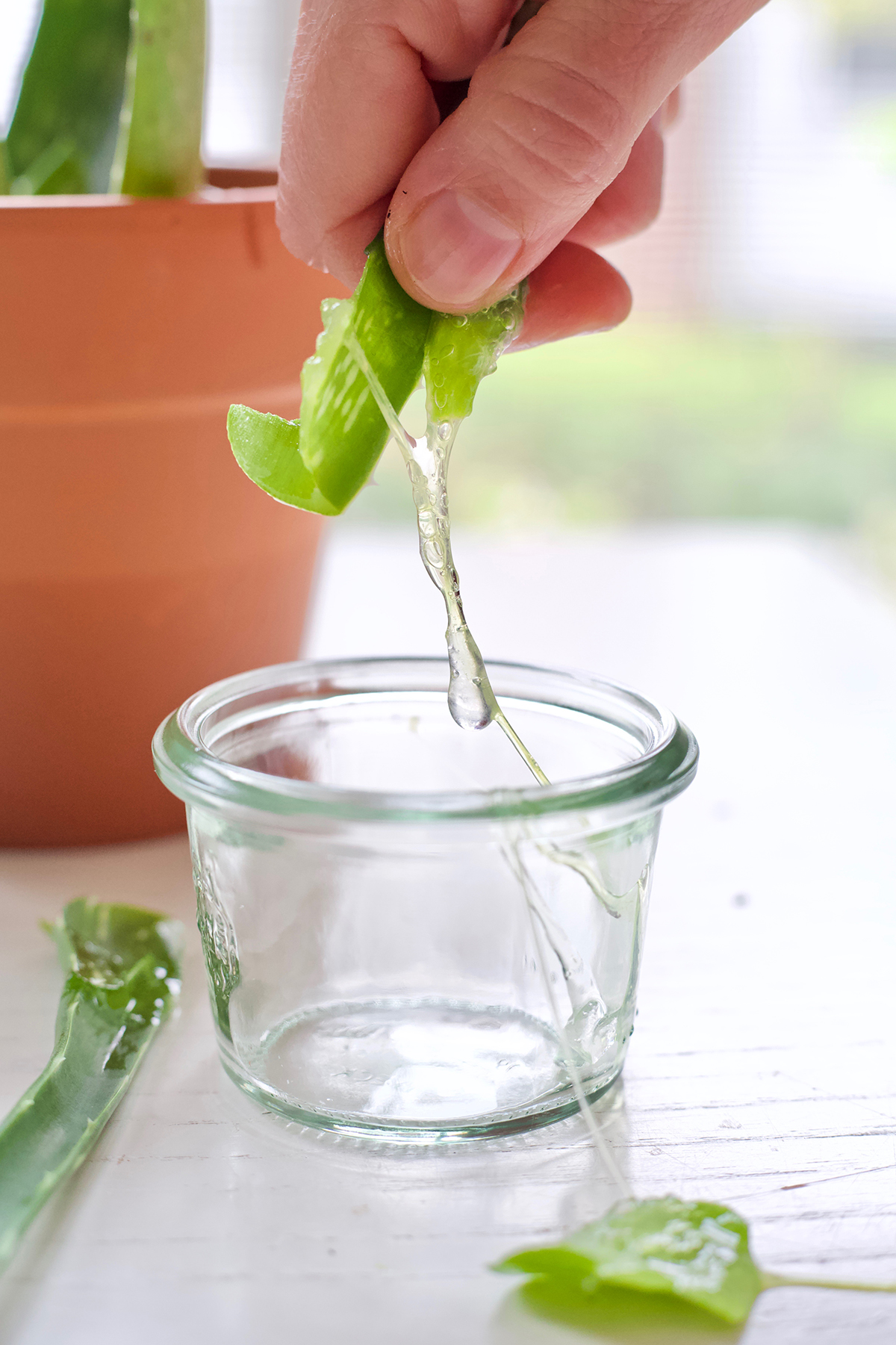

2. Soothe Hot Tissue
The energetics of a burn are no secret—the tissue is hot and dry, so when it comes to using herbs to counter a burn, you’re going to want to choose herbs that are cooling and moistening to the tissues.
Now you may be wondering why I said at burn was dry in regards to its tissue state so let me explain. When the skin barrier is broken, fluid, called interstitial fluid, will leak from the burn site. This fluid not only flushes dirt, debris, and bacteria from the area, but it floods the area with immune cells, and eventually, creates a protective boundary over the open wound in the form of a blister or scab so the site can heal underneath. Because the burn site leaks fluid, it is considered a dry tissue state. This is more easily understood when it comes to severe burns where the potential for fluid loss, and thus dehydration, is a big concern. Nonetheless, it applies to smaller burns as well.
To soothe hot, dry tissue, we’re going to look to herbs that have cooling and moistening energetics and have vulnerary (support tissue regeneration) actions. These herbs are many, but some of my favorites are aloe (Aloe spp.) gel, calendula (Calendula officinalis) flower, licorice (Glycyrrhiza glabra) powder, marshmallow (Althaea officinalis) powder, and plantain (Plantago spp.) leaf.
These herbs are best used as a poultice after a burn has thoroughly cooled. I like to take whatever I have on hand at the moment, blend them together, and make a cooling poultice to manage burns naturally.
A couple of things to keep in mind when making an herbal poultice to manage burns naturally. First, be sure to use cool water, as opposed to hot water, to ensure that you’re pulling all the demulcent properties out of the plant material, and it’s best to let the water and herbs soak for at least 30 minutes before applying it to the burn. Next, if possible, use a sterilized non-stick gauze to wrap the herbs in before applying to the wound. This will decrease the chance of getting herb particles in the burned tissue. If you don’t have gauze, you can certainly apply the poultice directly to the burn, but gauze is helpful because it keeps things tidy and clean.
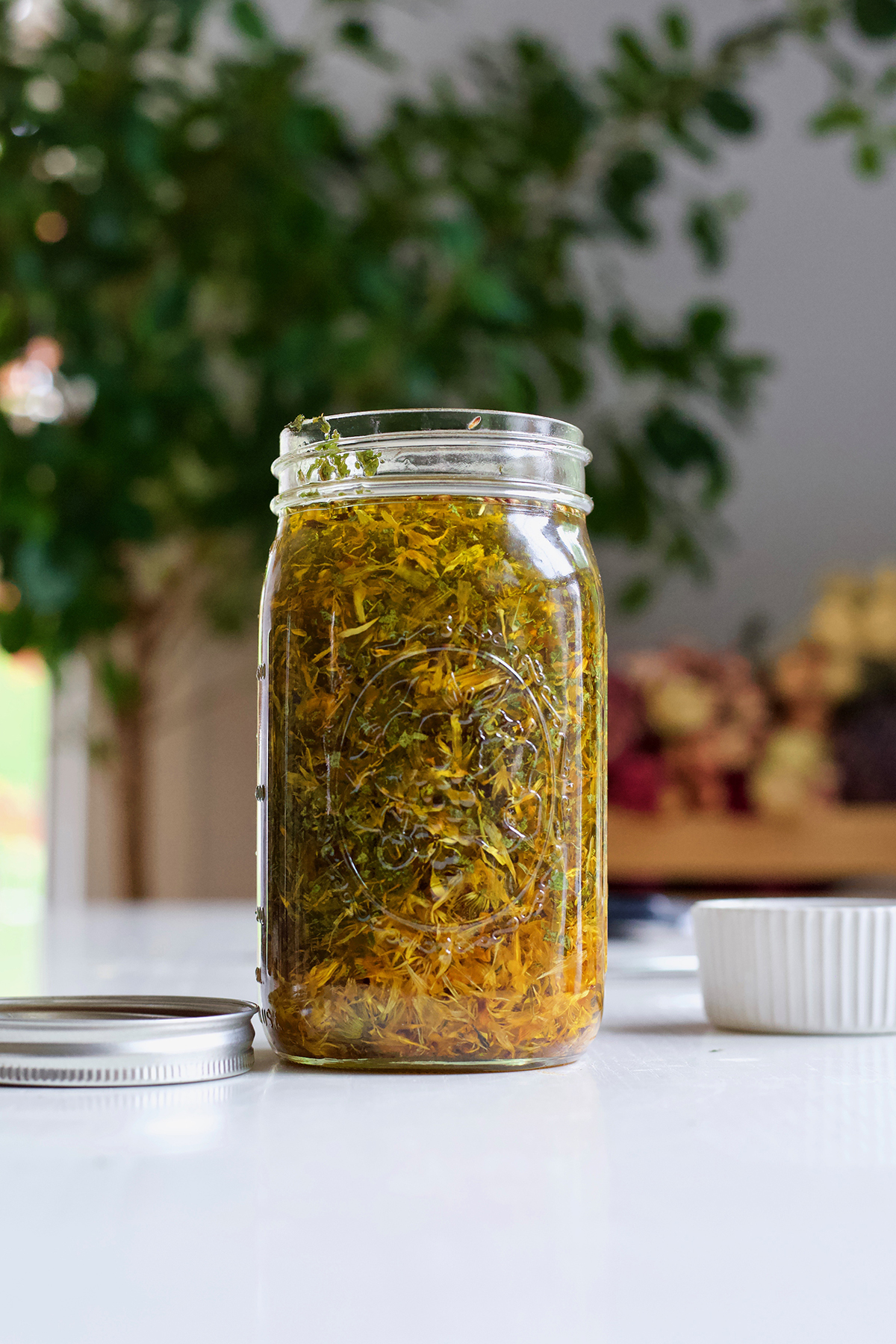
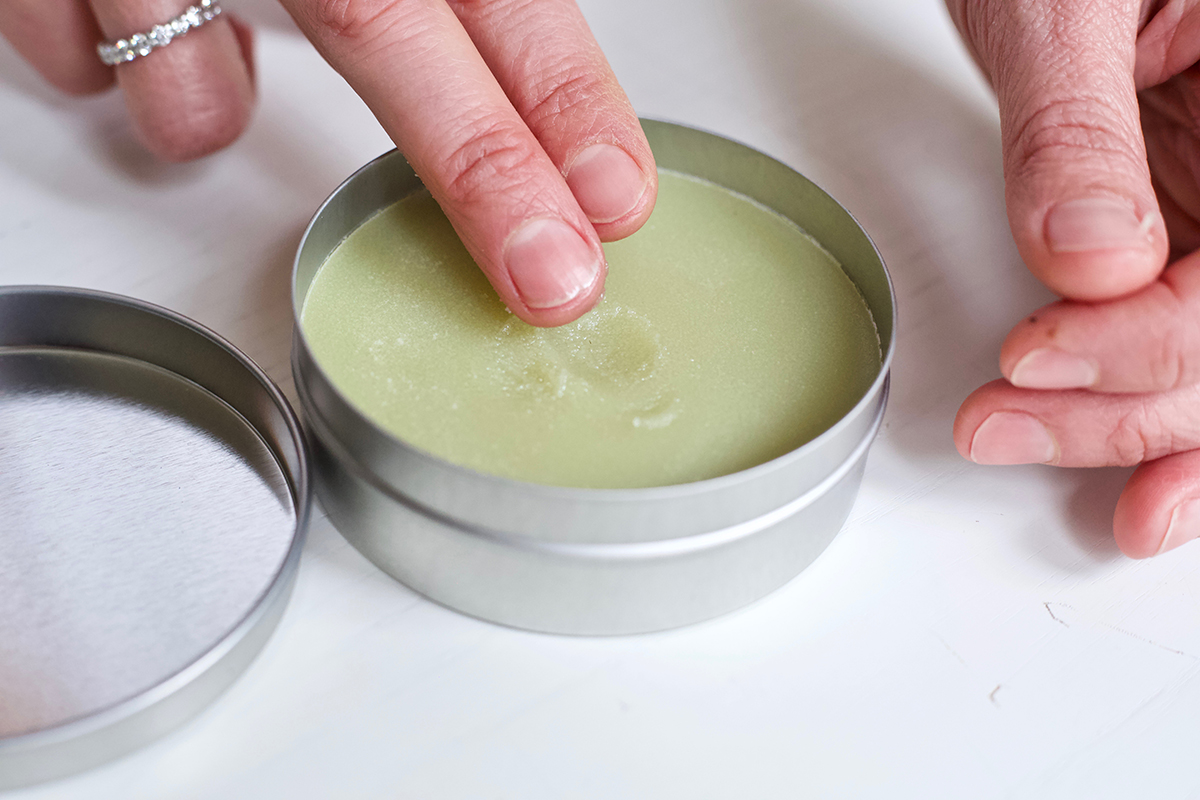
3. Decrease Risk of Infection
Infection is a serious risk of burns. Severe burns that cover larger amounts of skin or penetrate deep into the tissues are more at risk for developing an infection, but small burns can also become infected.
To decrease the chance of an infection occurring, the main thing you want to do is to always keep the burn site clean. This means washing your hands before caring for the wound, using sterilized gauze if possible, and using antibacterial herbs to decrease the chance of bacterial growth.
Some of my favorite antibacterial herbs for burns are echinacea (Echinacea spp.) leaf and root, calendula (Calendula officinalis) flower, bee balm (Monarda fistulosa) leaf and flower, oregano (Origanum vulgare) leaf, thyme (Thymus vulgaris) leaf, and yarrow (Achillea millefolium) leaf and flower. I like to infuse these herbs into oil and make an ointment out of it. Once a burn has been thoroughly cooled and soothed with an herbal poultice, I will apply a thick layer of this antimicrobial salve to the burn site and cover it with a clean bandage.
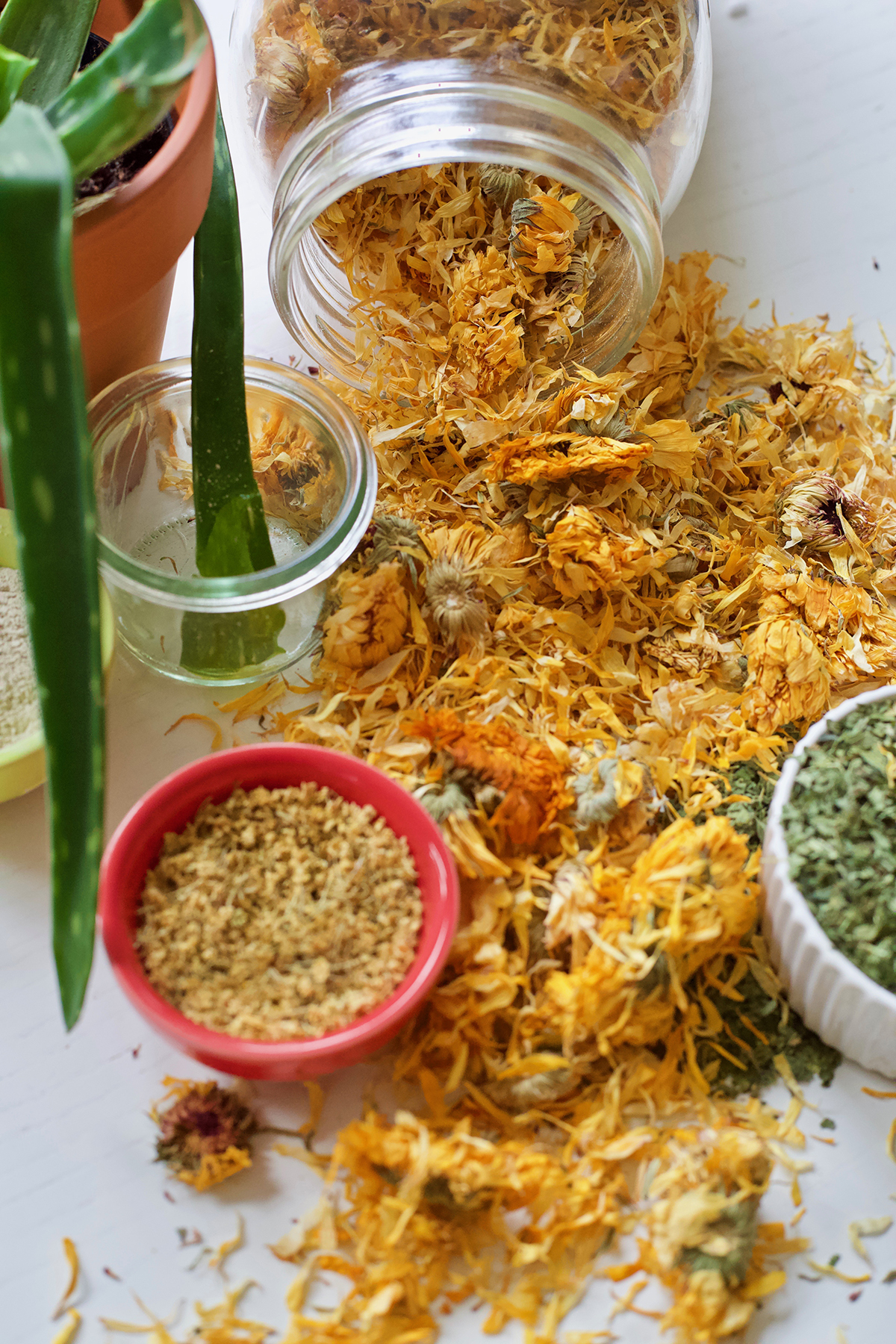
4. Address Pain
The next thing to do to manage burns naturally is to address the pain of a burn. When it comes to addressing pain with herbs, you have several options.
Since first- and second-degree burns affect the top one to two layers of skin, the nerves will be affected making the site quite painful. One of the best herbs I have found for nerve pain is St. John’s wort (Hypericum perforatum). St. John’s wort can be freshly infused into oil and applied to a burn site as often as needed. It can also be taken as an infusion and/or tincture as well. There have been a small number of reports regarding a chance of photosensitivity when using large doses of St. John’s wort internally as an antiviral, but no reports have shown St. John’s wort to cause photosensitivity when used as a whole herbal extract at suggested dosages (Hoffmann, 2003).
Some other herbs that can be beneficial for pain relief due to burns are anti-inflammatory and lymphatic herbs. Burns will cause local inflammation and swelling, and while this is a good thing in the initial stages of a burn, afterward, it can contribute to significant pain. Many of the demulcent and antibacterial herbs mentioned above also have anti-inflammatory properties. When it comes to lymphatic herbs, calendula (Calendula officinalis) flower, red clover (Trifolium pretense) flower, and violet (Viola spp.) leaf and flower are some of my favorites. Each of these can be used in tincture form 2-3 times a day to encourage lymphatic movement and the drainage of stagnant fluids in the tissues.
The last group of herbs, and perhaps the ones that will give you the most noticeable pain relief, are analgesic herbs. My favorite analgesic herbs are kava (Piper methysticum) root, Jamaican dogwood (Piscidia erythrina) bark, meadowsweet (Filipendula ulmaria) aerial parts, valerian (Valeriana officinalis) root, wild lettuce (Lactuca virosa) leaf, and willow (Salix spp.) bark. Each of these herbs varies in strength and method of action so if you choose to use these types of herbs for pain relief, you will want to do some research on the safety and dosage of the plant(s) you choose.
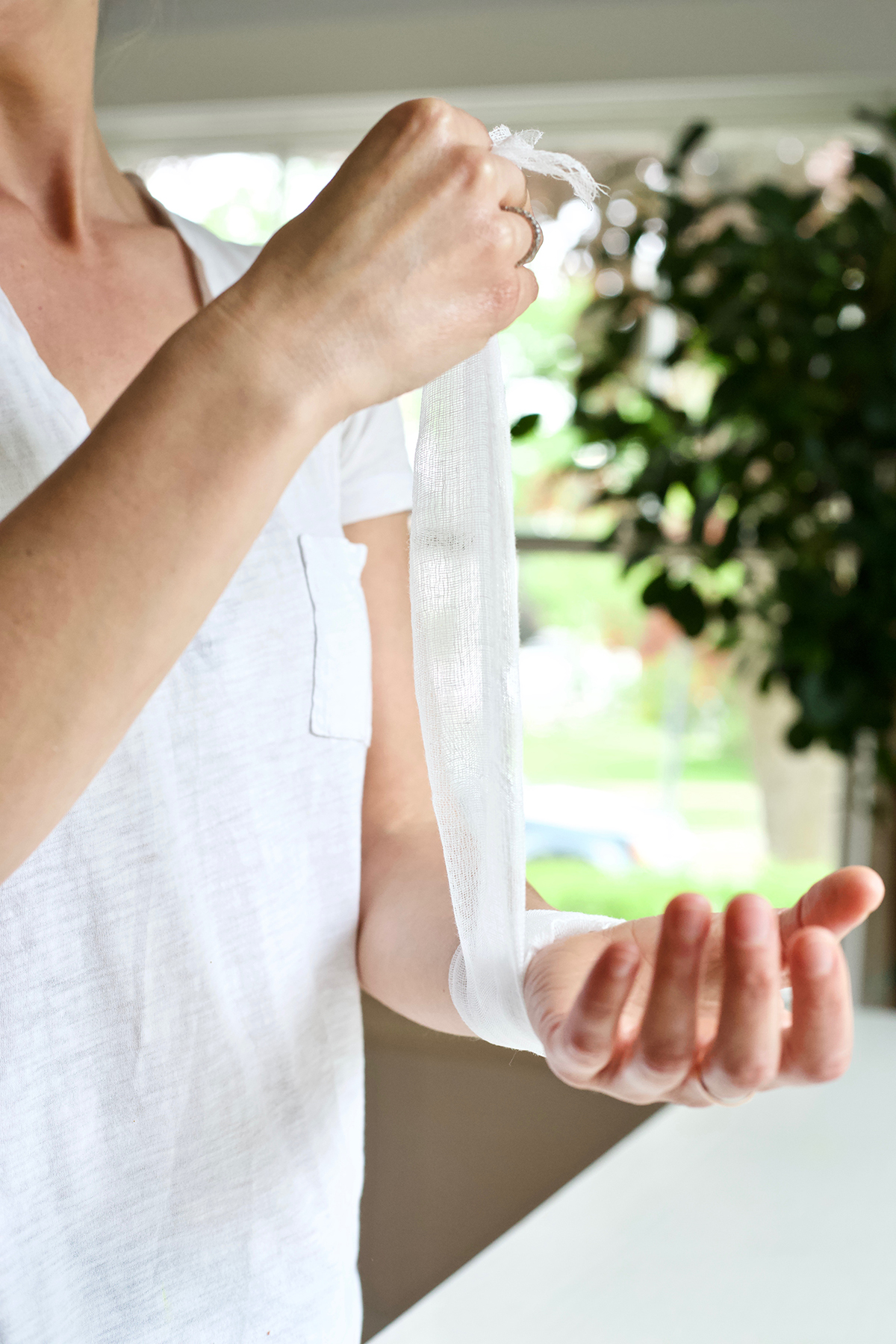
5. Protect The Burn Site
Lastly, protect the burn site until the skin has completely healed. This means not only keeping the site clean and protected (don’t pop blisters and change those bandages!), but it also means protecting new skin as it forms. Fresh skin will be pink and is sensitive to sunlight and temperature changes so keep it covered or out of direct sunlight for a week or so after it has completely recovered.
Everyday Herbs To The Rescue
While herbs are extremely useful in assisting one’s in the pursuit of wellness, they also lend a hand in first-aid situations such as burns. Hopefully, this article has helped you to feel empowered in managing burns naturally the next time you find yourself facing this common, everyday type of ailment.
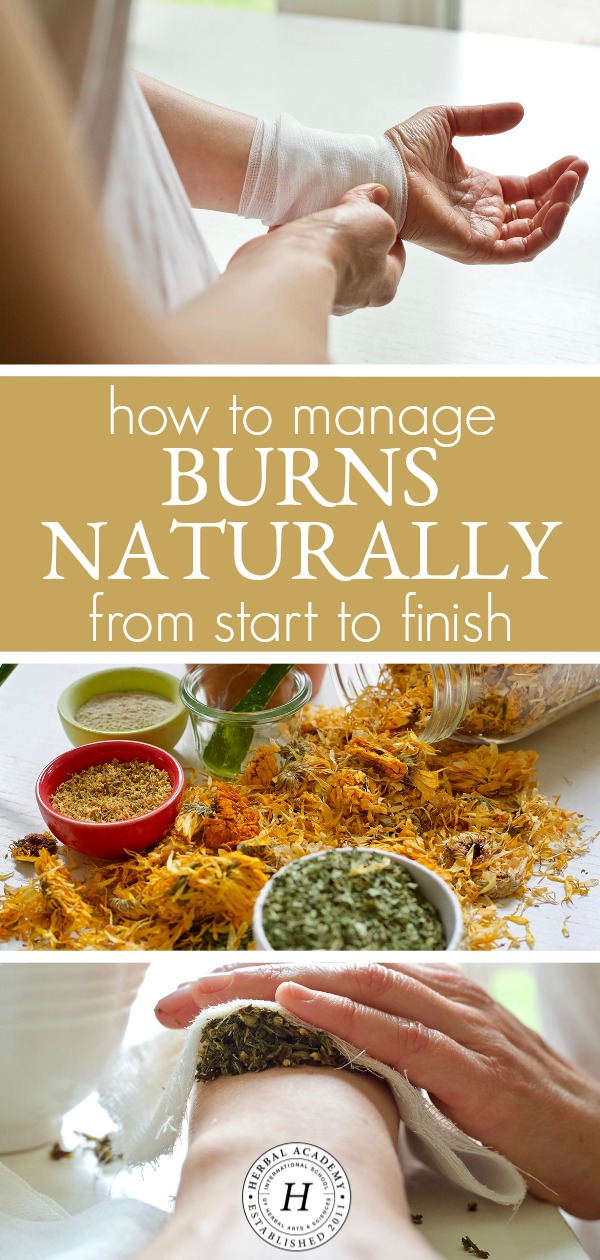
REFERENCES:
Hoffmann, D. (2003). Medical herbalism: The science and practice of herbal medicine. Rochester, VT: Healing Arts Press.







